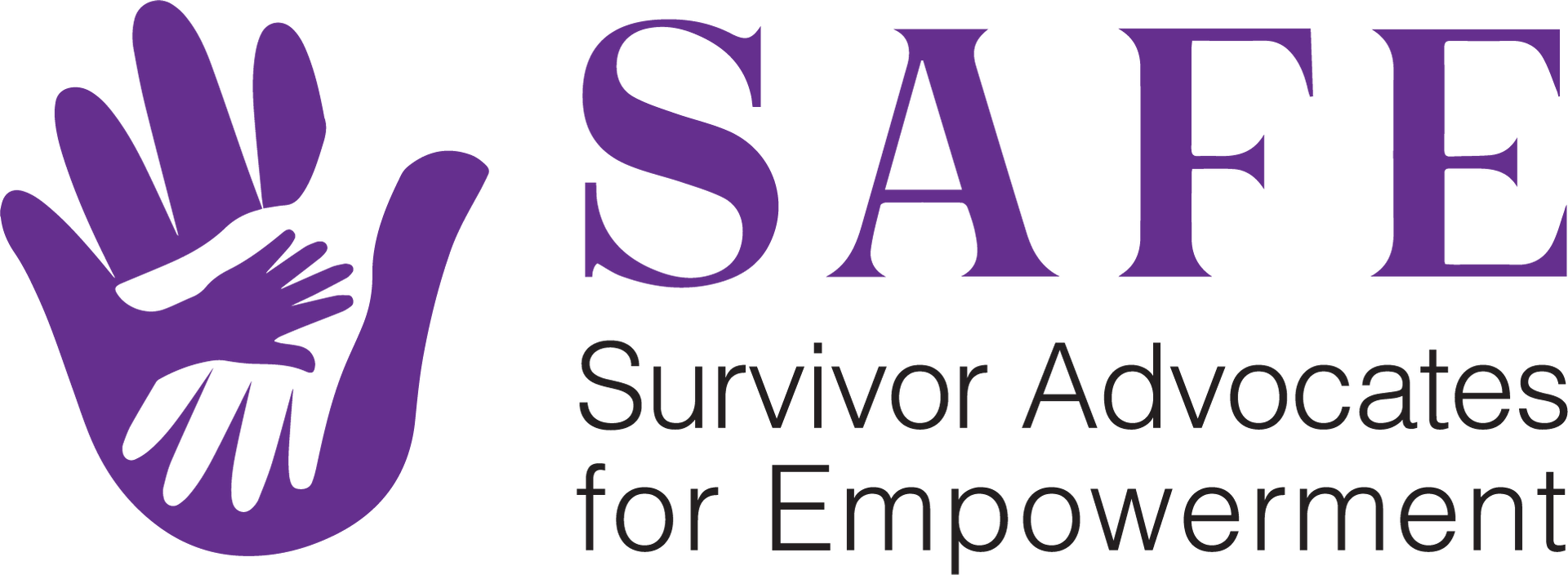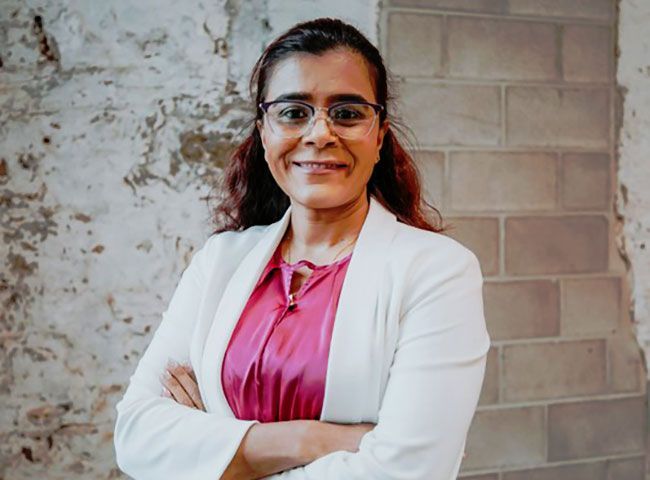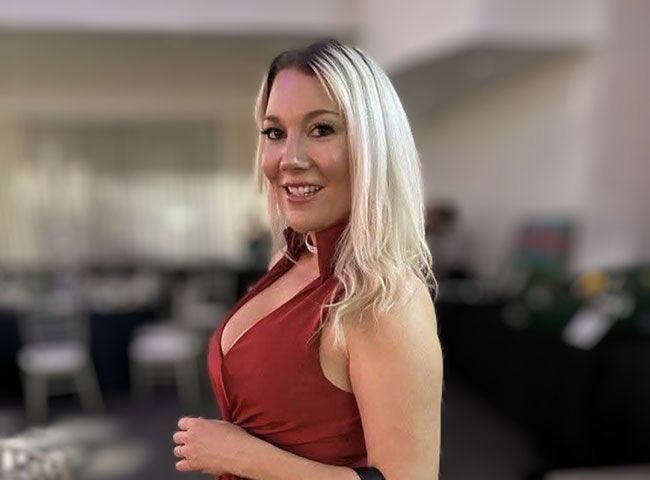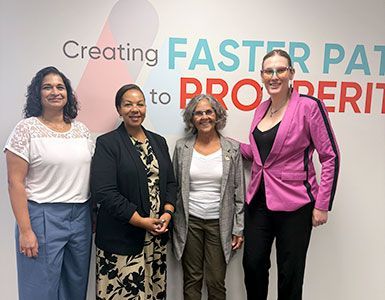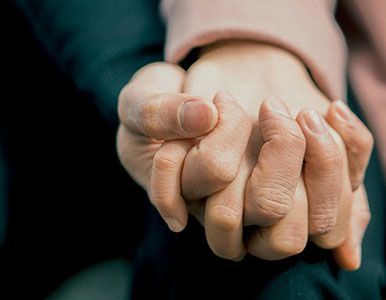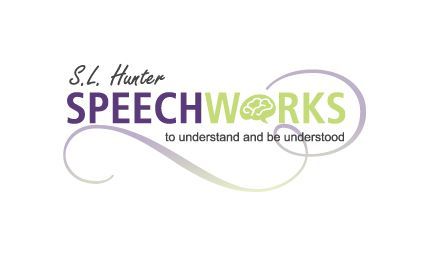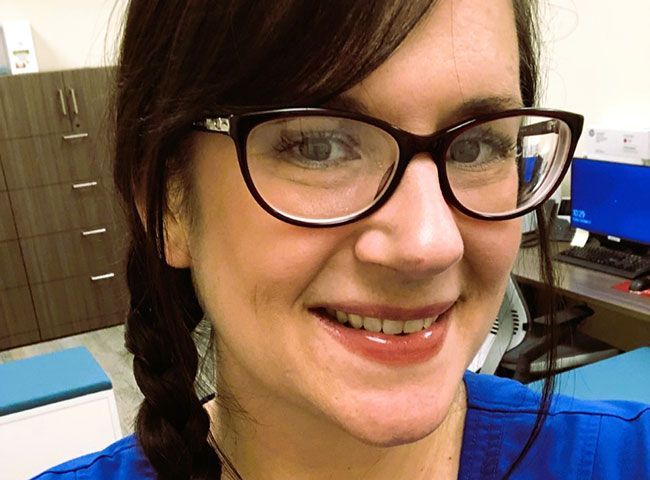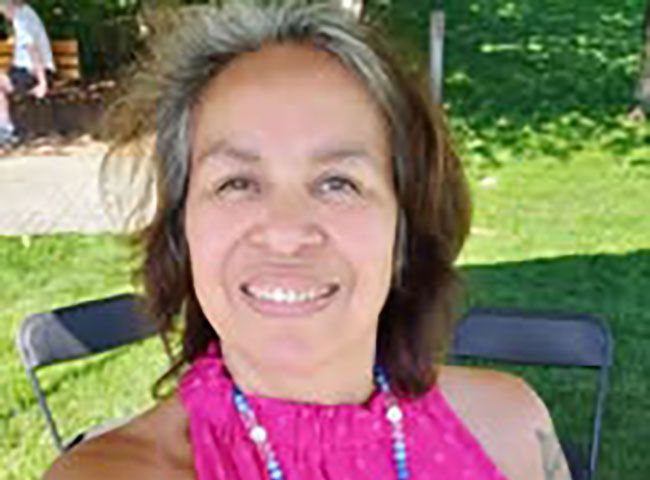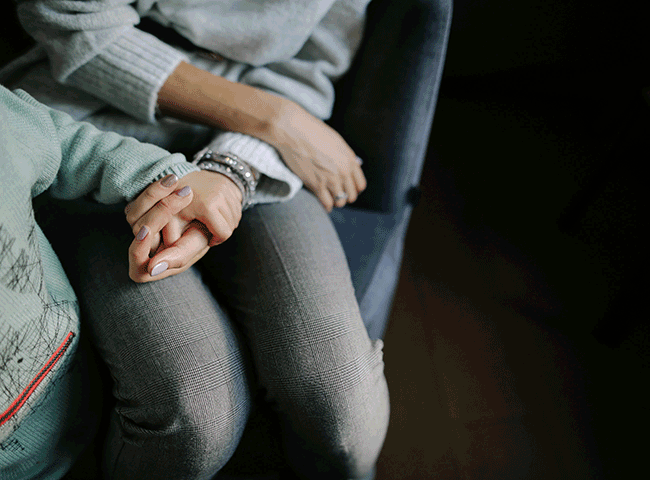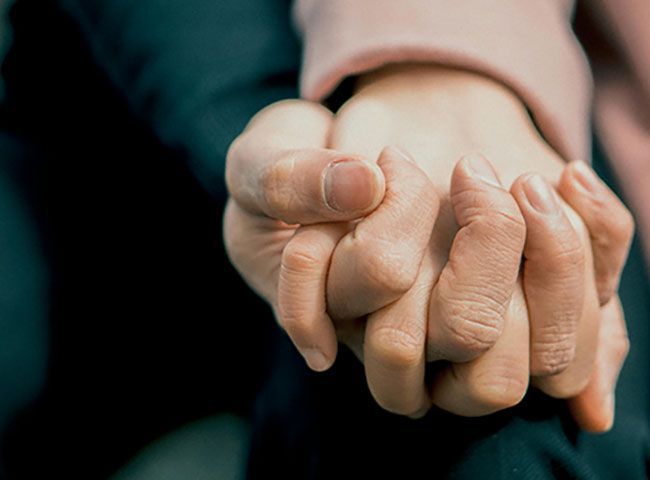From Lived Experience to Peer Support: Why Shared Stories Save Lives
Understanding the Power of Lived Experience
When it comes to healing from gender-based violence, there's something uniquely powerful about hearing, “I’ve been there too.” For survivors, knowing they’re not alone can be the first step toward reclaiming their lives. Lived experience is not just a story—it’s a form of wisdom. Those who have faced abuse, assault, or trauma carry with them an insight that professional training alone cannot provide.
Lived experience, as shared by panelists at Voice of Lived Experience Workshop, organized by Community Development Halton, becomes transformative when used in peer support settings. Survivors who have walked the same paths can offer empathy, hope, and validation in ways that no textbook ever could. Whether it’s supporting someone navigating the aftermath of a crisis or simply being present, these shared experiences have the potential to make healing feel possible.
Peer Support: Walking Alongside, Not Ahead
Peer support in the context of mental health and gender-based violence is more than emotional support—it’s about creating a space where individuals feel seen and heard without judgment. A peer support worker, as defined in the workshop, is someone who offers a hand not from a place of authority but from a place of companionship.
Lorraine Rollo, SAFE Committee Chair, described her work simply and beautifully: “I am holding a peer’s hope and walking alongside them until they are able to take that hope back from me.” This reflects the deeply relational nature of peer support—its strength lies not in fixing someone, but in walking beside them until they’re ready to take their next step.
Peer supporters can also guide individuals through systemic hurdles—whether it’s finding housing, accessing food, or just filling out a form. Their support goes beyond emotional encouragement; it’s practical and rooted in lived knowledge of the systems survivors encounter.
Mental Health Support: A Bridge to Recovery
Mental health support within peer-led environments offers survivors an alternative to traditional clinical care. For many, mental health services feel impersonal or intimidating. Peer-led groups like those run by SAFE throughout the Greater Toronto and Hamilton Area create a more accessible path to support—one that includes vulnerability, honesty, and understanding.
Sandra Halton, a peer mentor at CMHA Halton, shared that attending peer support groups changed her perception of her own mental health. “I checked out the groups at TEACH, and I just couldn’t believe the vulnerability, the courage, the sharing. It inspired me to expand my thinking around my diagnosis.” For Sandra and many others, peer support is not just an add-on to mental health—it’s foundational.
These stories remind us that mental health recovery is non-linear. Sometimes, the most therapeutic thing is not a diagnosis, but a conversation with someone who genuinely understands.
From Peer Support to Co-Production
Co-production takes peer support a step further. It invites survivors into decision-making spaces—not as guests, but as equals. Instead of professionals creating services for survivors, co-production is about building services
with them. This shift demands that survivors’ voices are not only heard but are treated as crucial expertise.
But this is not without challenges. As Betty-Lou Kristy, Director of the Centre for Innovation in Peer Support, CMHA Halton, explained, “You don’t just yank somebody off the street who has lived experience and throw them at a systems table. That’s going to cause harm.” Authentic co-production requires trauma-informed environments, clear processes, proper training, and above all—respect.
Lorraine echoed the importance of meaningful participation, warning against tokenism: “I have recognized that I’m a token voice at the table. My voice is not valued.” To truly work, co-production must value survivors not just for their story but for their insight, leadership, and future-facing ideas.
The Challenge of Power and Equity
For peer work and co-production to thrive, systemic imbalances must be addressed. Survivor involvement should never be exploitative or symbolic. Honorariums, safe spaces, and appropriate timing are not optional—they are foundational. As Lorraine shared, taking part in panel discussions often means losing a day’s income. If survivors are being asked to shape programs, they should be compensated fairly.
Chanay Dallas, Peer Outreach Worker, Elizabeth Fry Toronto, pointed out that diversity is essential. “If it’s just multiple white women at the top, how can they connect and learn from communities that are different?” Diverse voices must be present, especially in decision-making spaces. Only then can we begin to design systems that reflect real communities.
Building Trust Through Relational Work
The work of peer support and co-production hinges on trust. This trust doesn’t happen overnight—it must be nurtured. Survivors often come into systems where their trust has already been broken. It’s not enough to offer a seat at the table; organizations must also prove that the seat holds value.
Trust is built through transparency, accountability, and the willingness to listen—even when it’s uncomfortable. As Ruby Atesoglu, Peer Support Lead, WomenatthecentrE. emphasized, co-production must be an intentional and active practice, not just an invitation.
Survivor-Led Spaces Save Lives
SAFE exists as a living example of how survivor-led organizations transform communities. Based in the Halton region and serving Hamilton and the GTA, their principles—always believe, never turn anyone away, follow the survivor’s lead—are simple, yet revolutionary. They do not seek to control survivors’ paths. They walk alongside.
When we allow survivors to lead, to support each other, and to shape the systems meant to help them, we move closer to healing—not just for individuals but for entire communities. We move toward justice.
The work is not easy. It asks us to listen when we would rather defend, to share power when it feels risky, and to recognize lived experience as expertise. But in doing so, we create spaces where healing is real, change is possible, and no one has to survive alone.
Frequently Asked Questions
What is gender-based violence (GBV)?
GBV refers to harmful acts directed at someone based on their gender, gender identity, or perceived gender. It includes a wide range of abuses such as domestic violence, sexual assault, human trafficking, and more. GBV is rooted in power imbalances and often goes hand-in-hand with control, shame, and fear.
Who can experience GBV?
Anyone can experience GBV, but women, girls, trans, non-binary, and gender-diverse individuals are disproportionately affected. Survivors can be of any age, background, or identity.
What is sexual assault?
Sexual assault is any unwanted sexual contact, including touching, groping, or penetration, without consent. It’s about power and control—not sex or attraction.
Is it still sexual assault if I knew the person or was in a relationship with them?
Yes. Consent must be freely given every time. Being in a relationship or knowing someone does not mean they have the right to your body.
I didn’t fight back—does that mean it wasn’t assault?
No. Many survivors freeze or shut down as a trauma response. Lack of resistance does not equal consent.
What is domestic violence?
Domestic violence is a pattern of behaviour used by one person to gain power and control over another in a relationship. It can be physical, emotional, psychological, financial, or sexual.
Can emotional abuse be just as harmful as physical abuse?
Yes. Emotional and psychological abuse can deeply impact a survivor’s self-worth, sense of safety, and mental health.
Why don’t survivors just leave?
Leaving is not always safe or possible. Survivors may face financial barriers, threats, isolation, lack of support, or fear of losing their children. Every situation is different.
What is human trafficking?
Human trafficking is the exploitation of people through force, fraud, or coercion for purposes such as sex work or forced labour. It is a form of modern slavery.
What does trafficking look like in Canada?
Trafficking can happen in cities, suburbs, and rural communities. Most survivors in Canada are trafficked by someone they know—like a romantic partner or family member—not a stranger.
How do traffickers control people?
Traffickers use manipulation, threats, violence, and emotional abuse to isolate and trap victims. They may also control documents, finances, or access to basic needs.
What should I do if I think I or someone I know is experiencing GBV?
Trust your instincts. You can reach out to SAFE or a local support organization. You don’t need to report to police to access support or to be believed.
Do I have to report to law enforcement?
No. You have the right to choose what’s best for you. SAFE supports survivors whether or not they report to police.
Can I still get support even if the violence happened a long time ago?
Yes. Healing has no timeline. It’s never too late to access support.
How can I support a friend or loved one who is experiencing abuse?
Listen without judgment. Let them share at their own pace. Avoid pressuring them to leave or report. Remind them that what’s happening is not their fault and that support is available when they’re ready. Respect their choices and offer to help find resources if they want them.
What should I say if someone tells me they’ve been assaulted or abused?
You can say things like:
• “I believe you.”
• “You didn’t deserve this.”
• “You’re not alone—there’s help available.”
Most importantly, listen. Don’t try to “fix” it. Just being there can make a big difference.
What are some signs that someone might be experiencing GBV?
They may seem withdrawn, anxious, or fearful. You might notice unexplained injuries, frequent absences, sudden changes in behaviour, or that their partner is controlling or always monitoring them. Trust your gut—if something feels off, it’s okay to gently check in.
What if I’m not sure if what I experienced counts as abuse?
If something doesn’t feel right, it’s valid to talk about it. You don’t need to have all the answers or a label for your experience to reach out. You deserve support just for feeling unsafe or unsure.
I’m scared to ask for help—what should I do?
That fear is valid. You’re not alone in feeling that way. You can reach out in small steps—like texting or messaging a support organization. You can also talk to someone you trust. No one should pressure you to move faster than you're ready.
What kind of support does SAFE offer?
SAFE offers peer support, referrals, workshops, and resources led by survivors. You don’t need to report to access our help. We’re here to walk with you—whether you’re just starting to ask questions or ready to take the next step.
Will I get a tax receipt for my donation?
Unfortunately, not at this time. The process to obtain charity status is currently underway, so we will be able to provide donation receipts for tax deduction purposes once that occurs.
Your donation will help us continue our mission of community engagement through peer support, community referrals, outreach programs and workshops, raising awareness through educational public speaking, consultation with local organizations and governments, active participation in community events, and monitoring community needs all done with the aim to support those in crisis and those who are recovering from crisis. Thank you again for your generosity and allyship.
SAFE’S most important next step is to operationalize our primary program, “Recovery & Beyond”. This program is designed by survivors for survivors, meant to help individuals in crisis or recently out of crisis to identify abusive behaviours, explore emotions, and plan towards long-term healing. Donations in the foreseeable future will be used for this purpose.
